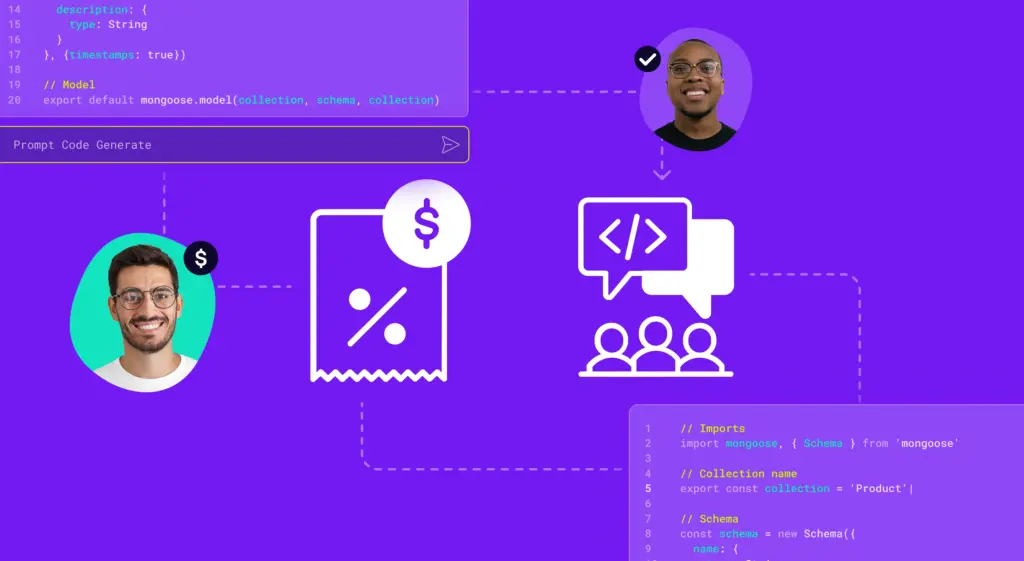Software engineering organizations today are tasked with an ever-growing scope of work. Engineering interfaces with every part of the business, from internal technology and services, to marketing, sales, product, and even finance. Here at Jellyfish, we work tirelessly to cover this expanding capacity by integrating the data attributed to the engineering team to provide an accurate and defensible insight into an engineering organization’s activities and outcomes.
Sometimes, by expanding to new use cases with our platform, we stumble upon the creation of value outside of the engineering team, and we can create a true win-win situation, clearing multiple bottlenecks for two seemingly disparate areas of the business with one solution. To that end, we’re proud to introduce Jellyfish DevFinOps, a new tool to automate and streamline the process of cost reporting and R&D cost capitalization.
The case for R&D cost reporting
In this day and age, many businesses rely on their engineering organizations to drive new revenue streams via digital experiences. Since these development costs can be treated as capitalizable investments, they can also be categorized as depreciable assets, something approximately 57% of publicly traded software companies do for some percentage of their R&D spend. The benefits of capitalizing software costs are realized in organizations of all sizes. Corporations can increase period profitability as well as leverage tax incentives by capitalizing R&D costs. Even smaller startups see through improving their valuations and attracting investor capital by depreciating their investments in R&D.
Reporting on R&D costs for a software engineering organization is a subject we’ve covered in multiple forms throughout the past couple of years. For a more in-depth look at the R&D cost capitalization process, check out our previous post where we go into greater detail on the benefits and challenges of capitalizing R&D costs. The quick summary of all this is that while the compliance requirements and financial benefits of capitalizing software costs are necessary for many businesses, the process of reporting on R&D costs is cumbersome, labor-intensive, and often inaccurate; a real pain for BOTH engineering and finance organizations.
For engineering teams, manually tracking engineering time is (ironically) time intensive, diverting effort away from the engineers actually doing work. On top of this, manually tracking time is wildly unpopular and hinders promotion of a healthy, agile, team culture. The fact that engineering talent is at a premium makes putting cumbersome processes in place an unattractive option for contemporary engineering leaders. Finally, since the outputs of manual time tracking or estimations of time are often inaccurate, this puts the auditability of these outputs at risk and places engineering and finance team members at odds with each other.
For finance teams, the lack of both accuracy and precision associated with manual time tracking compounds a lengthy data collation process in lieu of appropriate levels of an automated and defensible way to track engineering effort. Finance team members responsible for aggregating cost data wish to reduce the overhead of the R&D cost reporting process as well as to ensure consistency and predictability of the data. The time saved from avoiding double and triple-checking engineering time tracking data can be redirected to doing actual analysis work and delivering strategic financial insights to the C-suite.
Introducing Jellyfish DevFinOps for R&D Cost Reporting
What does all this have to do with Jellyfish DevFinOps? Since Jellyfish already automatically ingests signals from the tools developers use to build and deliver software – tools like Jira, SCMs (various flavors of Git), CI tools, incident response systems – our data model accurately represents developer effort and assures proper data hygiene. Jellyfish DevFinOps builds upon our data model and integrates HR cost data to deliver an efficient way to measure and report on engineering effort by:
- Automatically calculating engineering effort via the Jellyfish work model
- Making it easy to categorize which work is capitalizable and which isn’t
- Automatically generating reports in easily digestible formats
- Providing defensible evidence of costs for audits.
Syed, a Group Accountant for Optimizely, the leading digital experience platform (DXP) had this to say about how Jellyfish has impacted their workflows: “Before Jellyfish, our team was pulling unwieldy Jira reports, manually collecting hours, and trying to link the data together in spreadsheets to capitalize our R&D costs. Now, we’re reducing human error while sparing our engineers the headache of entering hours and our leaders the pain of collecting them. Jellyfish made an immediate impact on our team with precise and auditable cost capitalization.”
The sum of this is: We are saving engineering organizations a ton of time on a necessary financial reporting workflow, and we’re improving the experience for our friends on the finance teams by making that reporting more accurate and therefore passable with auditors. Our vision for DevFinOps and the automation of cost capitalization reporting is that soon the idea of tracking time manually will be as outdated of a concept as is estimating sales pipeline without Salesforce.
We are proud to announce the general availability of Jellyfish DevFinOps as part of the Jellyfish platform. If you are interested in learning more about DevFinOps, or the Jellyfish platform in general, request a demo today!







